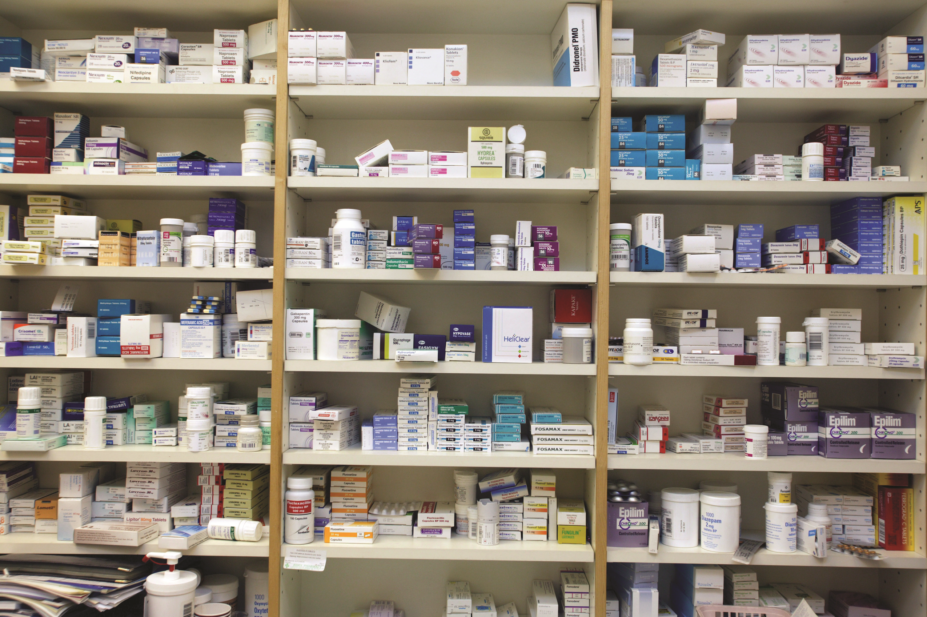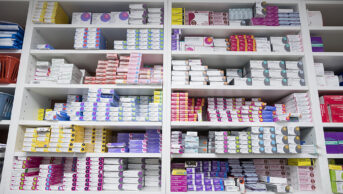
Photofusion Picture Library / Alamy Stock Photo
The price the NHS pays for some generic cancer drugs has risen by between 100% and more than 1,200% over the past five years, according to research presented at the European Cancer Conference held in Amsterdam.
The figures came to light after academics collated the NHS price of 14 generic cancer drugs between 2011 and 2016 using information from the British National Formulary, the indicative NHS price and the Drugs Tariff and Prescription Cost Analysis data.
Andrew Hill, senior research fellow in pharmacology and therapeutics at the University of Liverpool, told the conference on 27 January 2017 that these data provide a “reliable indicator of the amount of money which the UK NHS pays for drugs”.
For example, when they checked the price for ifosfamide used to treat sarcoma, testicular cancer and some lymphomas, they found that it cost £89 per vial in 2011 in the UK going up to £180 in 2016, a rise of 103%. Busulfan for the treatment of leukaemia cost 21p per 2mg tablet in 2011 but cost the NHS £2.61 in 2016, a 1,227% increase.
The researchers had also compared the prices in the UK, a developed economy, with the prices listed on a generics medicines website www.drugsupdate.com in India, an emerging market.
Hill said: “The price just in the UK has risen by at least 100% rising up to 1,200% over five years. If you then look at these same drugs produced in India at close to cost-price you can see [even] …. larger percentage increases.”
For example, melphalan to treat ovarian cancer cost the UK £1.82 for 2mg but in India its generic cost is 8p, a rise of 2,171%, the findings show. And ethinylestradiol to treat breast cancer which has a cost of 3p, according to the Indian generics website, cost the NHS £7.14 per tablet, a rise of 26,197%.
Tiered pricing, also known as differential pricing , is often practised by pharmaceutical companies based on the ability of countries to pay, but Hill was unavailable to comment.
He told the meeting: “I think there is a situation where we have monopoly [generic] suppliers that is the issue – we are not getting good competition,” adding that price regulation needed to be improved.
A reduction in the price of a generic could trigger a “cascade” of cancer price reductions: “A reduction in generic prices will have a knock-on effect across the cancer market,” he explained.
The British Generic Manufacturers Association (BGMA), which represents generic manufacturers, disputes the findings. It says the data are “misleading” and that generic cancer drugs for the NHS go through a rigorous tendering system run by the Commercial Medicines Unit (CMU), which publishes the purchase prices.
The NHS prices that trusts are actually charged can be found on the Department of Health’s electronic market information database (eMIT), says a spokesperson.
According to the BGMA, there was not, traditionally, a generic competitive market for cancer drugs from multiple suppliers because “the total market size is too small to be attractive for generic companies… they would not recoup the million pound plus costs of developing, testing and registering a new generic medicine”.
Warwick Smith, the BGMA’s director general, says: “Generic competition in the oncology market has produced very significant savings for the NHS and generated access for patients to medicines, such as tamoxifen, which can be used to reduce the risk of breast cancer and not just to treat it.
“In the case of generic medicines used in hospitals, it is important to distinguish between the actual price paid by trusts and the much higher list prices often quoted,” he concludes.


